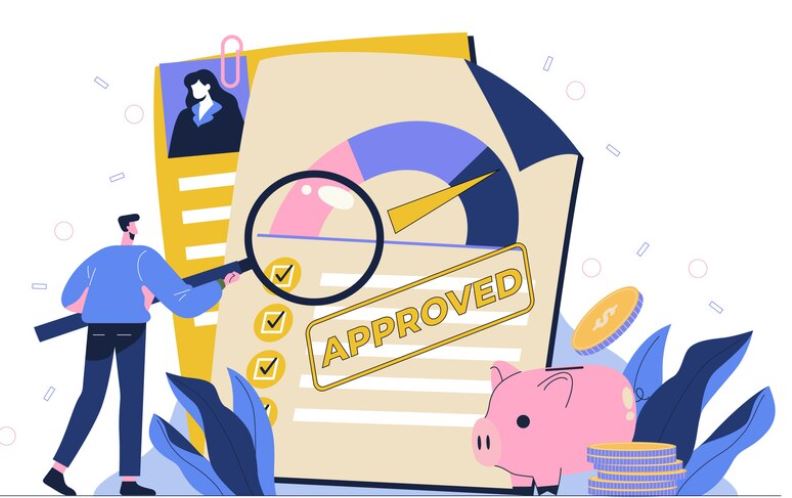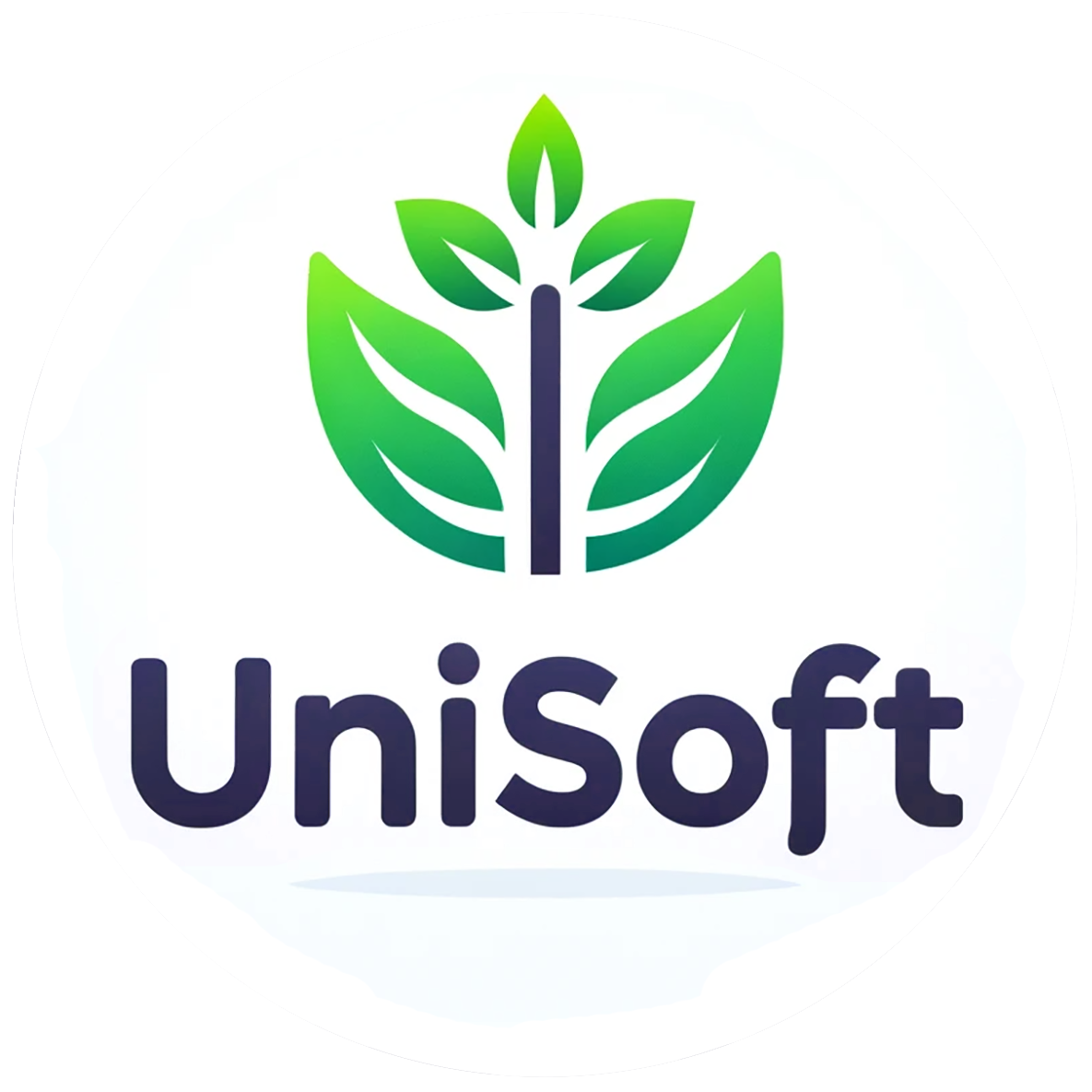How to write a good application
In crafting a successful UKRI funding application, researchers must recognise the paramount importance of thorough preparation. This introduction provides a brief overview of key steps crucial for researchers seeking funding from the UKRI, emphasising the significance of a meticulously crafted application. Acknowledging the competitive nature of the process, it underscores the need for researchers to meticulously follow guidelines, align their proposals with UKRI priorities, and present a compelling case for their research. This introduction sets the stage for the subsequent sections, guiding researchers through the essential elements necessary for a strong and competitive application.

Allow Your Time
A. Emphasising the importance of early planning:
Stressing the significance of commencing the UKRI funding application process well in advance, this section underscores the benefits of early planning. Initiating preparations early enables researchers to conduct in-depth research, carefully structure their proposals, and ensure ample time for addressing potential challenges, contributing to the overall robustness of the application.
B. Setting realistic timelines for application completion:
This aspect highlights the necessity of establishing practical and achievable timelines for different stages of the application. By creating a realistic schedule, researchers can methodically progress through the various components, avoiding the pitfalls of procrastination and allowing for a thorough and thoughtful development of each section.
C. Allocating time for thorough reviews and revisions:
Acknowledging the iterative nature of crafting a compelling application, this part emphasises the need to allocate dedicated time for comprehensive reviews and revisions. Allowing for multiple rounds of scrutiny enables researchers to refine their proposals, enhance clarity, and address any potential shortcomings, ultimately contributing to a polished and competitive submission.
Study Your Funding Source
A. Researching the specific goals and priorities of UKRI:
Take time to thoroughly investigate what UKRI aims to achieve. Look into their official documents, reports, and publications to understand their overarching goals and priorities. This will provide insight into what aspects they find most important when considering funding applications.
B. Understanding the focus areas and preferred project types:
Get familiar with the specific areas of interest that the UKRI is keen on supporting. Look for patterns in the types of projects they have funded in the past. Understanding their preferences in terms of project types will help you tailor your proposal to align with what they are looking for.
C. Aligning your research proposal with UKRI’s mission:
Ensure that your research proposal is not only relevant to the specific goals and focus areas of UKRI but also contributes to their broader mission. Showcase how your project aligns with their vision of advancing knowledge, promoting innovation, and addressing societal challenges. Demonstrating this alignment strengthens your case for securing funding from UKRI.
Read the Guidance Document
A. Recognise the significance of thoroughly reviewing the application guidelines:
It’s crucial to carefully go through the guidelines provided for the application. Understand that these guidelines serve as a roadmap, detailing what is expected from applicants. Paying close attention ensures that you’re aware of the specific requirements and expectations set by the funding body.
B. Extract key information on eligibility and submission requirements:
Dive into the guidance document to extract essential information related to eligibility criteria and submission requirements. Identify the qualifications or conditions applicants must meet and the specific documentation and formats required for submission. This step helps you tailor your application to align precisely with the stipulated guidelines.
C. Clarify any ambiguities through direct inquiries:
If any part of the guidance document seems unclear or raises questions, don’t hesitate to seek clarification directly. Engaging in direct inquiries with the appropriate channels ensures that you have a clear understanding of the expectations. This proactive approach helps avoid misunderstandings and demonstrates your commitment to adhering meticulously to the guidelines outlined by the funding body.
Discuss Your Application
A. Seek input and feedback from mentors, colleagues, or advisors:
Reach out to your mentors, colleagues, or advisors to gather valuable insights and feedback on your funding application. Their experience and perspectives can provide a fresh and constructive review, helping you identify strengths and areas for improvement in your proposal.
B. Engage in discussions to refine research goals and methodology:
Foster discussions with peers and advisors to refine your research goals and methodology. Engaging in thoughtful conversations allows you to articulate your ideas more clearly, receive constructive input, and ensure that your research approach is well-defined and aligned with the objectives of your funding application.
C. Address potential challenges through collaborative dialogue:
Proactively address potential challenges by engaging in collaborative dialogue. Discussing any hurdles or uncertainties with your colleagues or mentors can lead to innovative solutions and strengthen your application. Collaborative dialogue not only enhances the quality of your proposal but also demonstrates your commitment to overcoming challenges through teamwork and shared expertise.
Also Read:
12 top tips for writing a grant application
Justify Your Costing
A. Provide a detailed and justified budget:
Present a comprehensive and well-justified budget for your research project. Break down the expenses clearly, detailing how funds will be allocated across various aspects of your research. This transparency not only instills confidence in the funding body but also demonstrates your thorough planning and fiscal responsibility.
B. Align expenses with proposed research activities:
Ensure that every expense outlined in your budget is directly aligned with the proposed research activities. Clearly articulate how each cost contributes to the successful execution of your project, reinforcing the connection between the allocated funds and the tangible outcomes of your research.
C. Highlight cost-effectiveness and value for money:
Emphasise the cost-effectiveness of your budget by showcasing how each expenditure represents value for money. Justify the resources requested by highlighting their necessity and the impact they will have on the overall success of the project. This approach not only strengthens your financial case but also reflects your commitment to utilising funds efficiently.
Content and Presentation
A. Emphasise clarity and conciseness in writing:
Prioritise clarity and conciseness in your writing to effectively convey your research proposal. Clearly articulate your ideas, avoiding unnecessary jargon, and ensure that the language used is accessible to a broad audience. This approach enhances the readability of your application and facilitates a better understanding of your project.
B. Structure the application for easy navigation:
Organise your application in a structured manner, making it easy for reviewers to navigate through the document. Use clear headings, subheadings, and a logical flow to guide the reader seamlessly through your proposal. A well-structured application enhances comprehension and enables reviewers to locate key information efficiently.
C. Ensure a visually appealing and professional presentation:
Pay attention to the visual appeal of your application by using professional formatting and layout. Consistent fonts, appropriate spacing, and clear graphics contribute to a visually appealing document. A professional presentation reflects the care and attention to detail you’ve invested in your application, leaving a positive impression on reviewers.
Knowledge Exchange and Impact
A. Incorporate strategies for knowledge dissemination:
Include well-defined strategies for disseminating the knowledge generated by your research. Describe how you plan to share your findings with relevant audiences, such as academic communities, industry stakeholders, and the public. This demonstrates your commitment to making a meaningful contribution beyond the research itself.
B. Outline potential impact on academia, society, and policy:
Clearly outline the anticipated impact of your research on academia, society, and policy. Articulate how your findings may advance knowledge within your academic discipline, address societal challenges, or inform policy decisions. Highlighting these potential impacts provides a compelling narrative that underscores the significance of your research.
C. Demonstrate the broader relevance of the research:
Showcase the broader relevance of your research by connecting it to current issues, trends, or challenges. Illustrate how your work addresses questions of wider importance and resonates with the needs and interests of various stakeholders. Demonstrating the broader relevance of your research enhances its appeal and underscores its potential to make a meaningful impact in multiple spheres.
Also Read:
What to include in your application
Check the Details
A. Conduct a thorough review of the entire application:
Prior to submission, meticulously review every aspect of your application. Pay close attention to details such as language, coherence, and consistency across sections. This step ensures that your application is polished, error-free, and effectively communicates your research proposal.
B. Verify compliance with UKRI guidelines:
Scrutinise your application to confirm that it aligns precisely with the guidelines outlined by the UKRI. Check for adherence to specified formatting requirements, document structure, and any other instructions provided in the guidelines. Ensuring strict compliance enhances the professionalism of your application and increases the likelihood of a positive evaluation.
C. Address any formatting or submission errors:
Be vigilant in identifying and rectifying any formatting or submission errors that may compromise the integrity of your application. Ensure that all documents are correctly formatted, and that you have followed the specified submission procedures. Addressing these details not only reflects attention to quality but also prevents unnecessary complications during the submission process.
What Happens Next
A. Provide an overview of the post-submission review process:
After submitting your application, it’s important to understand the subsequent steps in the review process. Familiarise yourself with the stages your proposal will undergo, from initial evaluation to potential peer review. Knowing this process prepares you for the subsequent phases and manages expectations.
B. Anticipate potential feedback and requests for clarification:
Be prepared for the possibility of receiving feedback or requests for clarification from reviewers. Acknowledge that this is a standard part of the evaluation process and mentally prepare for addressing any queries or concerns raised by the reviewing panel. A proactive approach to potential feedback demonstrates your commitment to refining and strengthening your proposal.
C. Prepare for the waiting period and potential interview:
Recognise that there will be a waiting period before the outcome of your application is determined. Utilise this time to mentally prepare for the potential interview phase, if applicable. Anticipate questions related to your research, methodology, and the broader impact of your project. Being well-prepared for a potential interview enhances your readiness for the next stage in the evaluation process.

Ready to transform your grant applications into success stories? Contact UniSoft today for expert assistance in navigating the intricacies of grant writing. Let our experienced team guide you towards securing the funding you need. Don’t miss out on valuable opportunities—reach out to UniSoft now and embark on a journey to grant application success!
